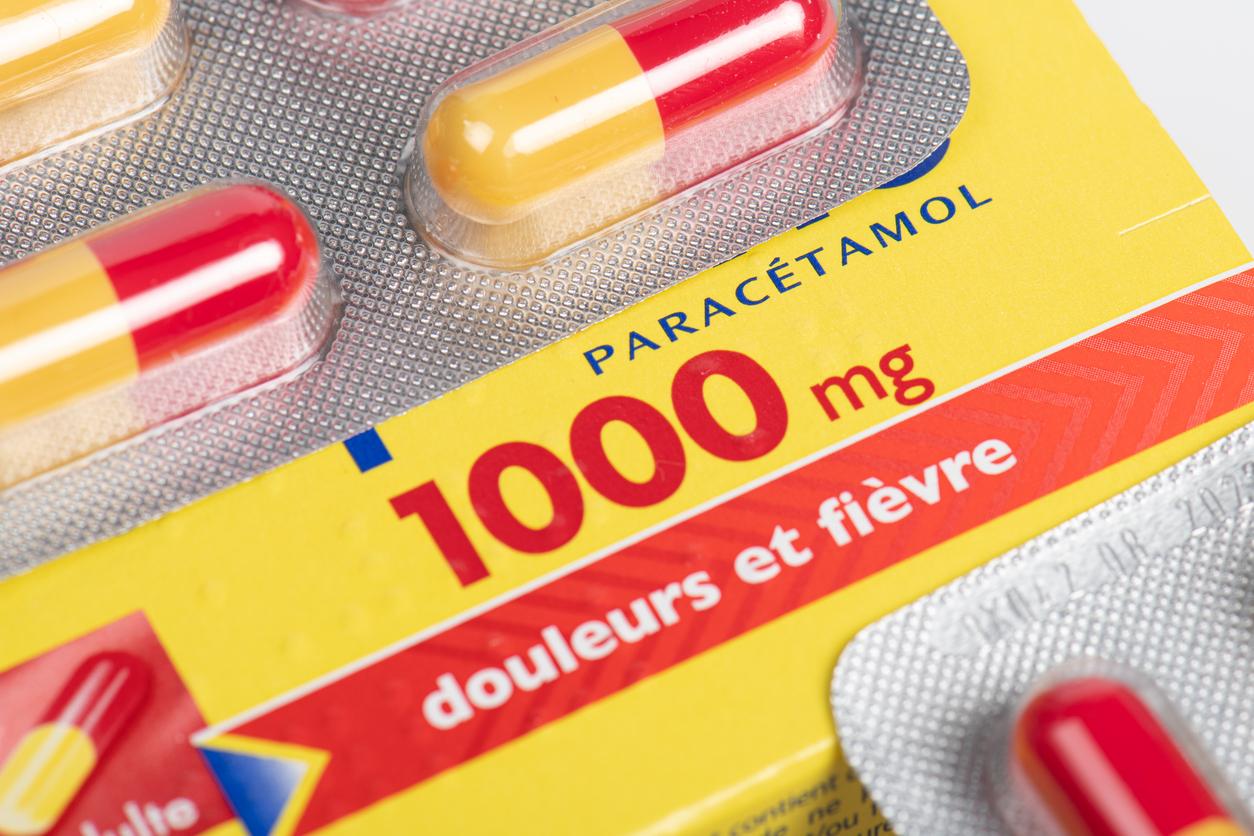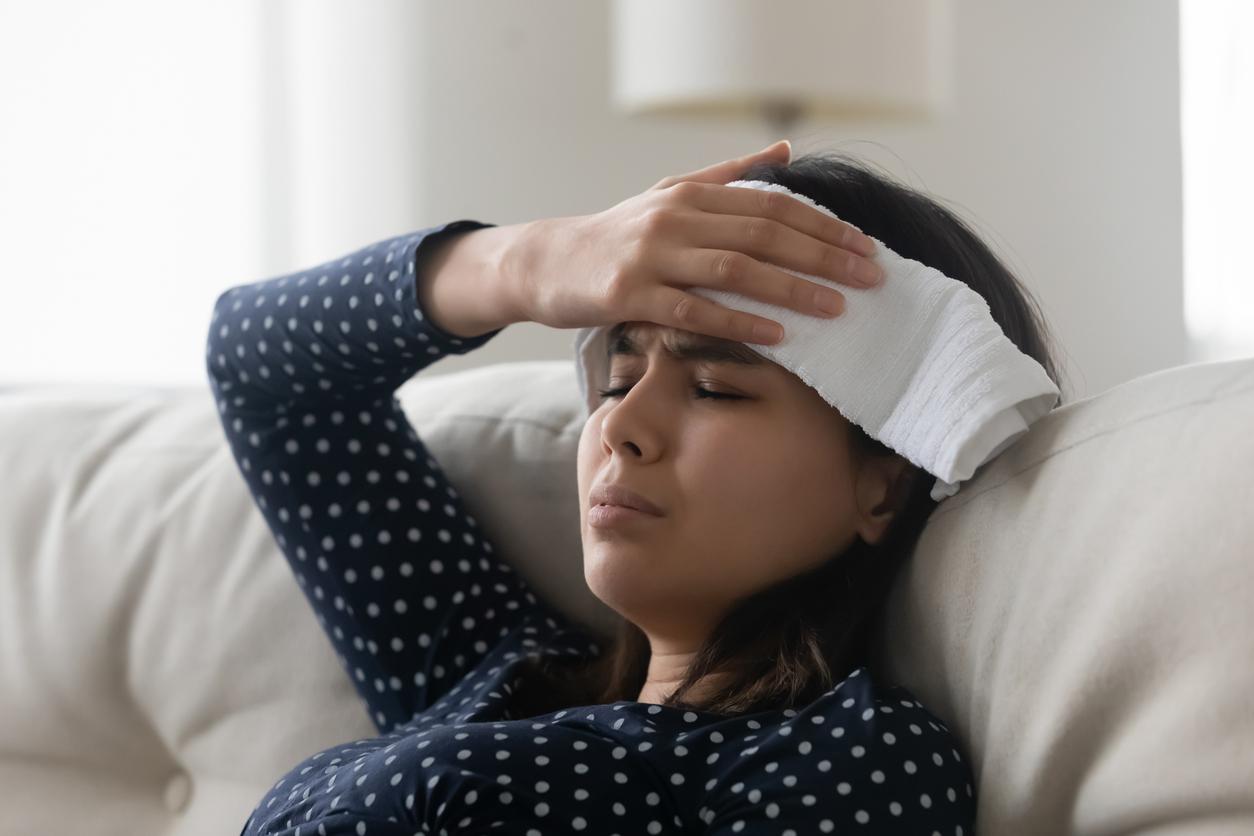A Swedish woman was the first patient to receive a bionic hand fused with her bones and nervous system, giving her better control, reduced phantom limb pain and some sensation.

- Karin, a 50-year-old Swedish woman, lost her right hand in an agricultural accident around twenty years ago.
- She is the first person to have a bionic hand that has been attached to her residual bone, muscles and nerves. His case was the subject of a scientific article.
- Researchers say she can do 80% of the movements she did before her accident. In addition, her pain decreased and she regained some sensations.
Karin, a 50-year-old Swedish woman, could call herself the “bionic woman” without really lying. Having had her right hand amputated, three years ago she benefited from the first robotic limb attached to bones, nerves and residual muscles.
His journey with this prosthesis high tech was the subject of a study, published on October 11, in the journal Science Robotics.
Bionic hand: it “merges” with the nervous and skeletal systems
Karin lost her hand more than twenty years ago during an agricultural accident. Since this event, his daily life has been marked by uncomfortable prostheses and phantom limb pain. “I felt like I constantly had my hand in a meat grinder, which created high levels of stress and that I had to take large doses of various painkillers”she confides in a communicated.
But his life changed when he was offered the opportunity three years ago to be the first person equipped with a bionic hand with an advanced human-machine interface. The prosthesis, developed by a multidisciplinary group of engineers and surgeons from Sweden, Australia and Italy, is fixed and connected directly to the bone. Additionally, electrodes implanted in the nerves and muscles provide an electrical connection with the nervous system. This technique, called osteointegrationwas coupled with a “surgery of reinnervation targeted muscle”. The operation involved reorganizing the nerves and muscles of the residual limb to provide more sources of motor control information to the prosthesis.
The study reveals that this new prosthesis, worn for 3 years, allows there fifty-year-old to carry out 80% of the tasks she did with both hands. Karin is, among other things, capable of turning door handles and even cooking meals. He also happens to have certain sensations in the artificial arm.
Bionic prosthesis: “she gave me a life best“
In addition to better control over the prosthesis, Karin saw another major benefit appear after installing the prosthesis. “My pain has lessened. Today I need a lot less medicine”she explains.
Professor Max Ortiz Catalan, head of neural prosthetics research at the Institute of Bionics in Australia and founder of Center for Bionics and Pain Research (CBPR) in Sweden, indicates: “Our integrated surgical and technical approach also explains the reduction in pain, as Karin now uses the same neural resources to control the prosthesis as for her missing biological hand.”
“By combining theosseointegration with reconstructive surgery, implanted electrodes and AI, we can restore human function in unprecedented ways. The lower elbow amputation level presents particular challenges, and the level of functionality achieved marks a significant milestone in the field of advanced extremity reconstructions as a whole.”estimates the professor Rickard Brånemarkresearch affiliate at MIT, associate professor at the University of Gothenburg and CEO ofIntenumdirected the surgery.
Karim concludes for his part: “For me, this research meant a lot, because it gave me a better life.”

















